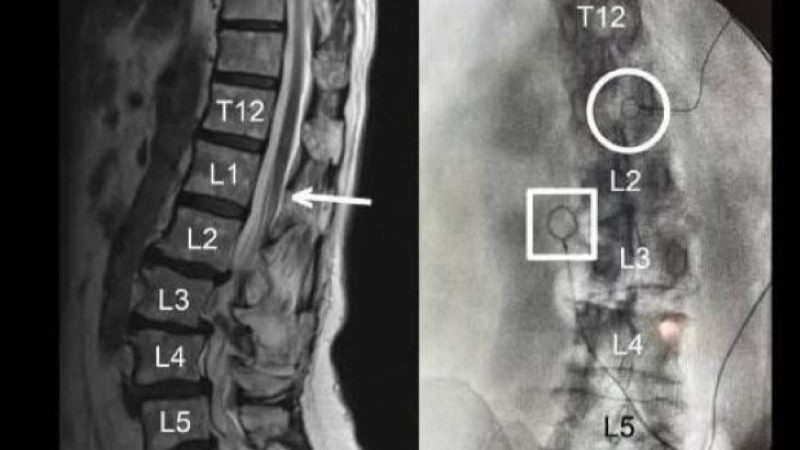
A randomized controlled trial compared outcomes for non-operative Achilles tendon rupture patients treated with a functional brace versus a traditional plaster cast. According to the findings of UKSTAR, early weight-bearing in a functional brace was not inferior to traditional plaster casting in terms of functional and quality-of-life outcomes and may be considered a safe and cost-effective alternative.
Serial plaster casts have been the traditional treatment option for Achilles tendon rupture patients because it provides the tendon with maximum protection during the healing process. However, the immobilization over a several-week period could result in increased calf muscle atrophy, ankle joint stiffness, and gait abnormalities, as well as a greater risk for blood clots.
“Functional bracing is an alternative treatment in which the patient’s lower leg is placed into a removable walking boot which contains wedges to lift up the heel. The brace allows the patient to put weight through their leg as they walk and can be removed to allow movement at the ankle joint. However, evidence is scarce on how functional bracing affects overall recovery and whether it is associated with an increased risk of re-rupture of the tendon,” the researchers wrote.
The study spanned 39 UK hospitals and included nonoperative Achilles tendon rupture patients aged 16 years or older. Patients who presented more than two weeks after injury, had a previous rupture in the same Achilles tendon, and could not fill out the study questionnaires were excluded from the trial.
Plaster Cast and Functional Brace Yield Similar Outcomes
Eligible patients were randomized 1:1 to receive either a plaster cast or functional brace for an eight-week intervention. The main outcome measure was patient-reported Achilles tendon rupture score (ATRS) after nine months. Safety was determined through tendon re-rupture incidence.
Screening took place between Aug. 15, 2016, and May 31, 2018; of 1,451 patients who were screened, 540 (mean age, 48.7 years; 79% were male) were randomized: 266 to the plaster cast group and 274 to the functional brace group. Thirteen patients were excluded, leaving 527 (98% of the randomized population) for analysis.
At nine months post-injury, ATRS was similar between the cast (n=244; mean ATRS=74.4) and functional brace (n=259; ATRS=72.8) groups (adjusted mean difference, –1.38; 95% confidence interval [CI], –4.9–2.1; P=0.44). Tendon re-rupture rates were also similar between the plaster cast and functional brace groups (n=17/266 [6%] vs. n=13/274 [5%]; P=0.40), as were mean total health and personal social care costs (£1,181 vs. £1,078; mean between-group difference, –£103; 95% CI, –289–84]).
The study was published in The Lancet.
“In conclusion, this trial provides no evidence that traditional plaster casting is superior to early weight-bearing in a functional brace as measured by ATRS in the management of patients treated non-operatively for Achilles tendon rupture,” stated the researchers. “The use of functional bracing is likely to be cost-effective.”







 © 2025 Mashup Media, LLC, a Formedics Property. All Rights Reserved.
© 2025 Mashup Media, LLC, a Formedics Property. All Rights Reserved.